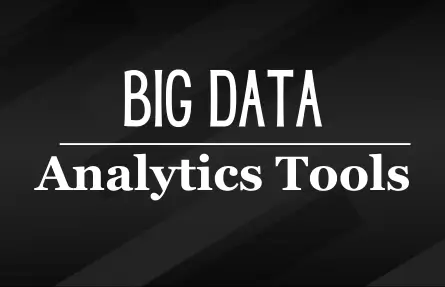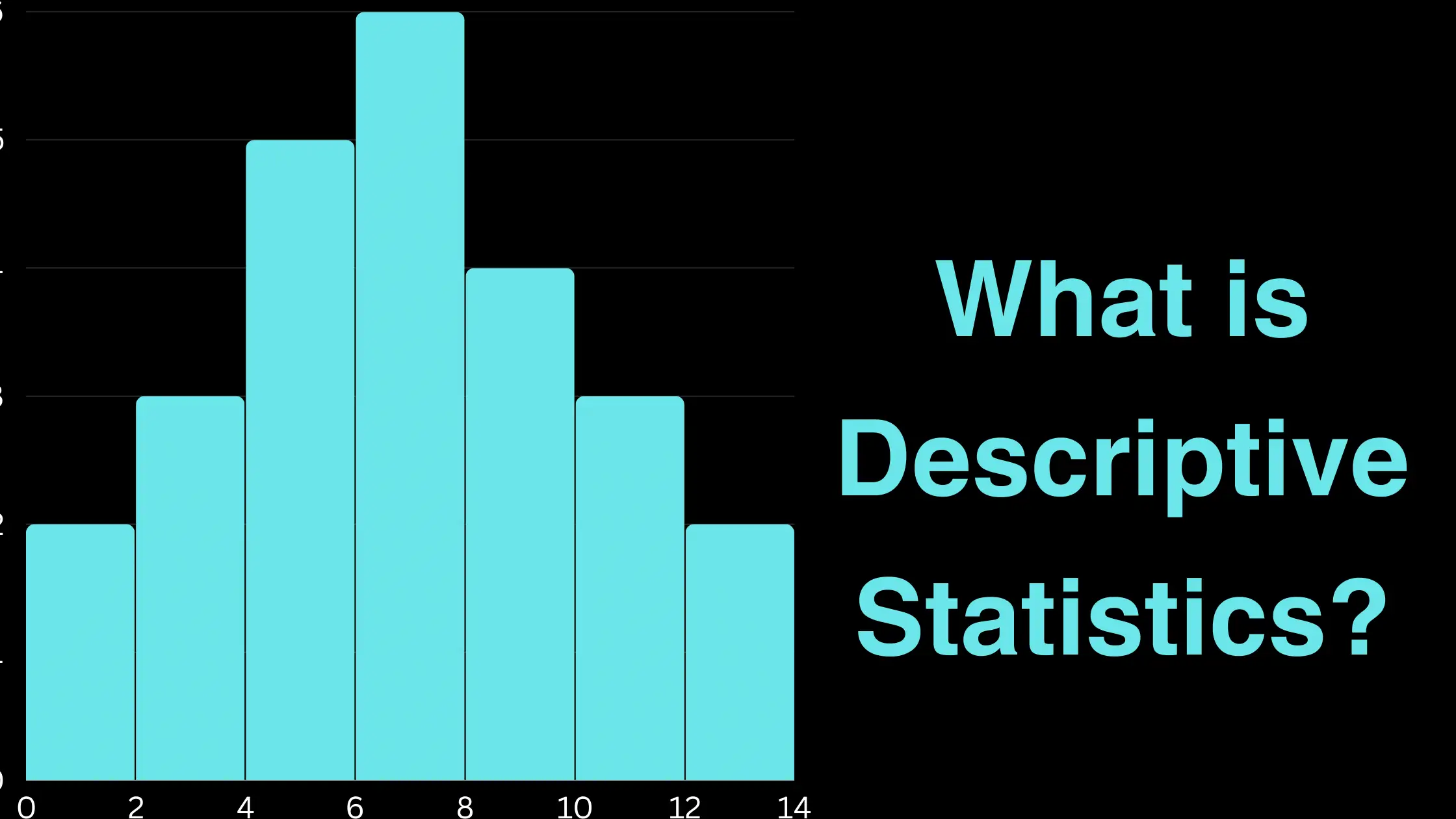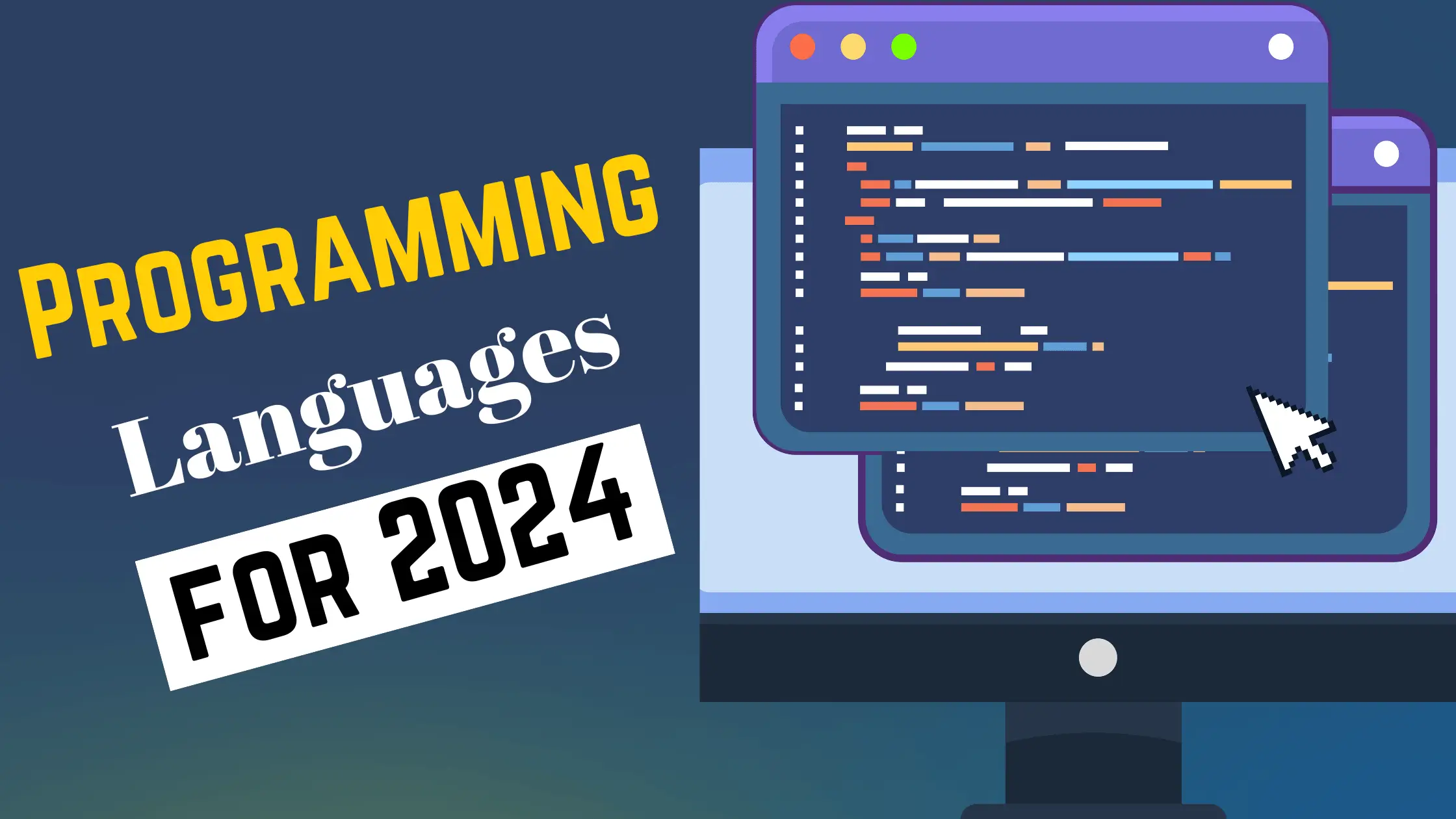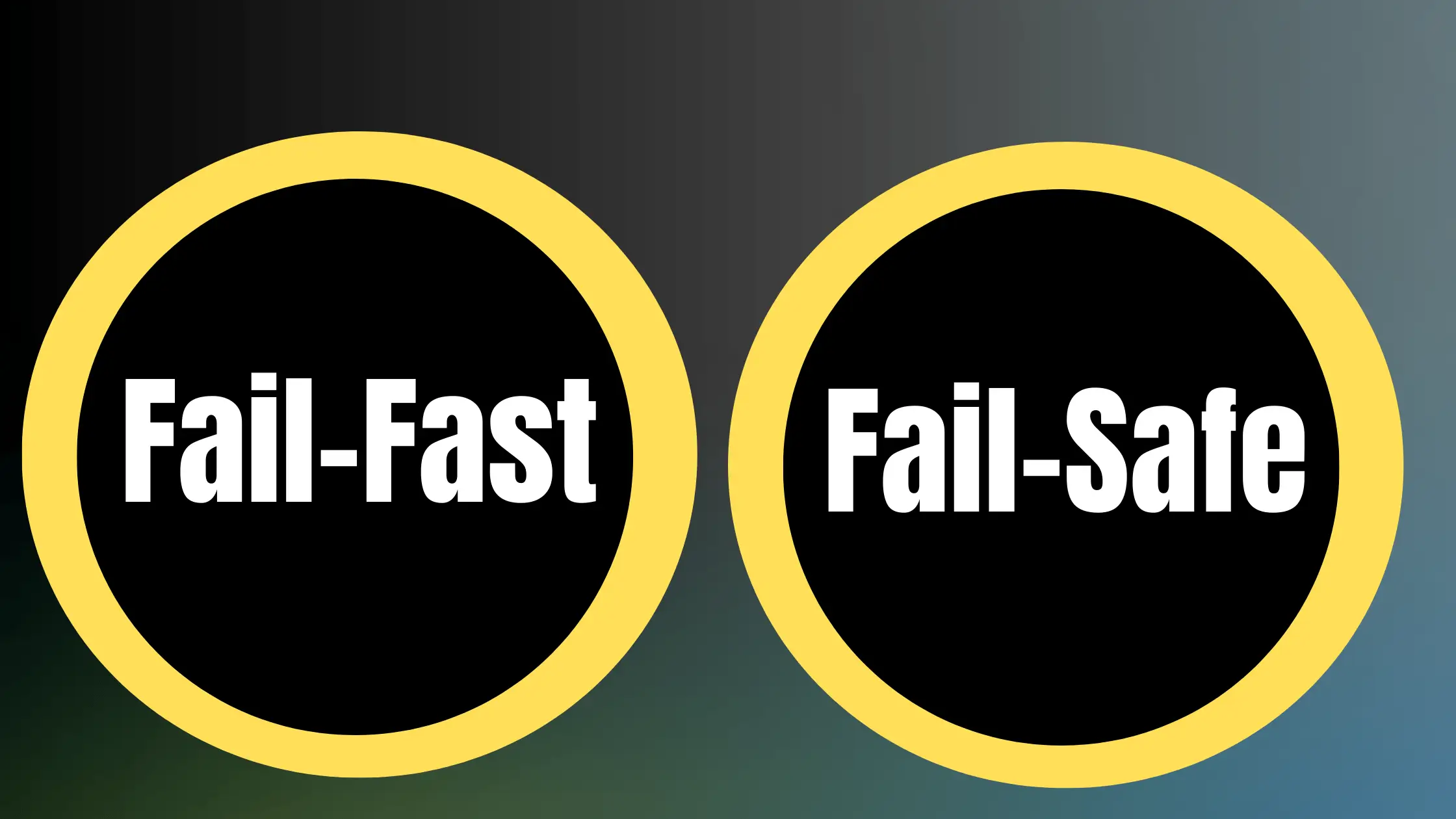The landscape of big data analytics tools continues to expand, offering a wide array of options for organizations looking to gain valuable insights from their massive datasets. In this comprehensive guide, we’ll explore the top 14 big data analytics tools that are making waves in the industry, empowering businesses to unlock the hidden value in their data and stay ahead of the competition.
1. Apache Hadoop
Apache Hadoop has been a cornerstone of big data analytics for years, and it continues to be a top choice for businesses in 2024. This open-source framework allows for the distributed processing of large datasets across clusters of computers, making it a scalable and cost-effective solution for handling big data.
Key Features:
- Distributed storage and processing
- Fault-tolerant and scalable architecture
- Supports a wide range of data formats
- Integrates with various big data tools and frameworks
2. Apache Spark
Apache Spark has gained immense popularity due to its lightning-fast processing capabilities. It is an open-source, distributed computing system that excels at handling real-time data streams and batch processing. Spark’s in-memory computing model allows for faster data processing compared to traditional MapReduce-based systems.
Key Features:
- In-memory computing for high-speed data processing
- Support for multiple programming languages (Java, Scala, Python, R)
- Integrated libraries for SQL, machine learning, and graph processing
- Compatible with various data sources and storage systems
3. Tableau
Tableau is a powerful data visualization and business intelligence platform that enables users to create interactive, visually appealing dashboards and reports. It offers a user-friendly interface that allows even non-technical users to explore and analyze data effectively.
Key Features:
- Drag-and-drop interface for easy data exploration
- Wide range of visualization options (charts, graphs, maps)
- Real-time data connectivity and automatic updates
- Collaboration and sharing capabilities
4. Google BigQuery
Google BigQuery is a fully-managed, cloud-based data warehouse that allows businesses to analyze massive datasets with incredible speed and scale. It leverages Google’s cutting-edge infrastructure to provide seamless data querying and analysis capabilities.
Key Features:
- Serverless architecture for automatic scaling and management
- SQL-like querying language for easy data analysis
- Integration with various data sources and Google Cloud services
- Real-time data streaming and batch processing support
5. Amazon Redshift
Amazon Redshift is a fast, fully-managed data warehouse solution offered by Amazon Web Services (AWS). It is designed to handle petabyte-scale datasets and provides high performance for complex queries and data analysis tasks.
Key Features:
- Columnar storage for optimized query performance
- Parallel processing architecture for fast data retrieval
- Seamless integration with AWS ecosystem and third-party tools
- Scalable and cost-effective pricing model
6. Microsoft Power BI
Microsoft Power BI is a comprehensive business analytics platform that combines data visualization, data preparation, and interactive dashboards. It offers a user-friendly interface and integrates seamlessly with various data sources, including Excel, SQL databases, and cloud services.
Key Features:
- Intuitive drag-and-drop interface for data modeling and visualization
- Pre-built connectors for popular data sources
- Natural language query capabilities
- Mobile-friendly dashboards and reports
7. SAS
SAS is a robust suite of analytics tools that offers advanced statistical analysis, data mining, and predictive modeling capabilities. It is widely used in industries such as finance, healthcare, and retail for its powerful analytics and data management features.
Key Features:
- Comprehensive statistical analysis and data mining capabilities
- Support for various data sources and formats
- Scalable and enterprise-ready architecture
- Integration with SAS Viya for cloud-based analytics
| Tool | Key Features |
|---|---|
| Apache Hadoop | – Distributed storage and processing – Fault-tolerant and scalable architecture – Supports a wide range of data formats – Integrates with various big data tools and frameworks |
| Apache Spark | – In-memory computing for high-speed data processing – Support for multiple programming languages (Java, Scala, Python, R) – Integrated libraries for SQL, machine learning, and graph processing – Compatible with various data sources and storage systems |
| Tableau | – Drag-and-drop interface for easy data exploration – Wide range of visualization options (charts, graphs, maps) – Real-time data connectivity and automatic updates – Collaboration and sharing capabilities |
| Google BigQuery | – Serverless architecture for automatic scaling and management – SQL-like querying language for easy data analysis – Integration with various data sources and Google Cloud services – Real-time data streaming and batch processing support |
| Amazon Redshift | – Columnar storage for optimized query performance – Parallel processing architecture for fast data retrieval – Seamless integration with AWS ecosystem and third-party tools – Scalable and cost-effective pricing model |
| Microsoft Power BI | – Intuitive drag-and-drop interface for data modeling and visualization – Pre-built connectors for popular data sources – Natural language query capabilities – Mobile-friendly dashboards and reports |
| SAS | – Comprehensive statistical analysis and data mining capabilities – Support for various data sources and formats – Scalable and enterprise-ready architecture – Integration with SAS Viya for cloud-based analytics |
8. RapidMiner
RapidMiner is a powerful data science platform that offers a visual, drag-and-drop interface for building data pipelines and machine learning models. It provides a wide range of tools for data preparation, modeling, and deployment, making it accessible to both novice and experienced data scientists.
Key Features:
- Visual workflow designer for data preprocessing and modeling
- Extensive library of machine learning algorithms
- Built-in data exploration and visualization capabilities
- Supports deployment on-premises or in the cloud
9. TIBCO Spotfire
TIBCO Spotfire is a comprehensive analytics platform that combines data visualization, predictive analytics, and real-time data streaming. It offers a user-friendly interface for exploring and analyzing data, making it a popular choice for businesses across various industries.
Key Features:
- Interactive data visualization and dashboards
- Advanced analytics and predictive modeling capabilities
- Real-time data streaming and event processing
- Collaboration and sharing features
10. IBM Watson Studio
IBM Watson Studio is an integrated environment for data scientists, offering a range of tools for data preparation, modeling, and deployment. It leverages IBM’s cognitive computing capabilities to provide intelligent insights and recommendations.
Key Features:
- Collaborative workspace for data scientists
- Drag-and-drop interface for building machine learning models
- Integration with popular open-source libraries and frameworks
- Deployment options for on-premises and cloud environments
11. Qlik Sense
Qlik Sense is a data analytics platform that combines data integration, visualization, and interactive exploration. It offers a unique associative engine that allows users to freely explore data and uncover hidden insights.
Key Features:
- Associative data exploration for uncovering insights
- Drag-and-drop interface for building visualizations and dashboards
- Seamless integration with various data sources
- Governed data access and security features
12. Splunk
Splunk is a powerful platform for collecting, searching, and analyzing machine-generated data in real-time. It is widely used for log management, security analytics, and IT operations monitoring.
Key Features:
- Real-time indexing and searching of machine data
- Powerful search language for data exploration and analysis
- Customizable dashboards and alerts
- Extensible architecture with app ecosystem
13. DataRobot
DataRobot is an automated machine learning platform that simplifies the process of building and deploying predictive models. It offers a user-friendly interface and supports a wide range of algorithms and data types.
Key Features:
- Automated feature engineering and model selection
- Supports various data sources and formats
- Interpretable models and explainable AI
- Deployment options for batch and real-time predictions
14. Alteryx
Alteryx is a self-service data analytics platform that enables users to prep, blend, and analyze data without requiring extensive coding skills. It offers a drag-and-drop interface for building data workflows and supports a wide range of data sources.
Key Features:
- Intuitive drag-and-drop interface for data preparation and analysis
- Supports various data sources and formats
- Predictive modeling and spatial analysis capabilities
- Collaboration and version control features
As businesses continue to grapple with the challenges and opportunities presented by big data, having the right analytics tools is crucial. The top 14 big data analytics tools highlighted in this article offer a diverse range of capabilities, from data processing and storage to advanced analytics and machine learning. By leveraging these tools, organizations can gain valuable insights, make data-driven decisions, and stay ahead in the competitive landscape of 2024 and beyond.


![Top 8 DSA Project Ideas in 2024 [With Source Code]](https://evuzzo.com/wp-content/uploads/2024/05/DSA-Project-Ideas-in-2024.png)


![Top 15 Software Engineer Projects 2024 [Source Code]](https://evuzzo.com/wp-content/uploads/2024/04/Top-15-Software-Engineer-Projects-2024-Source-Code.webp)

